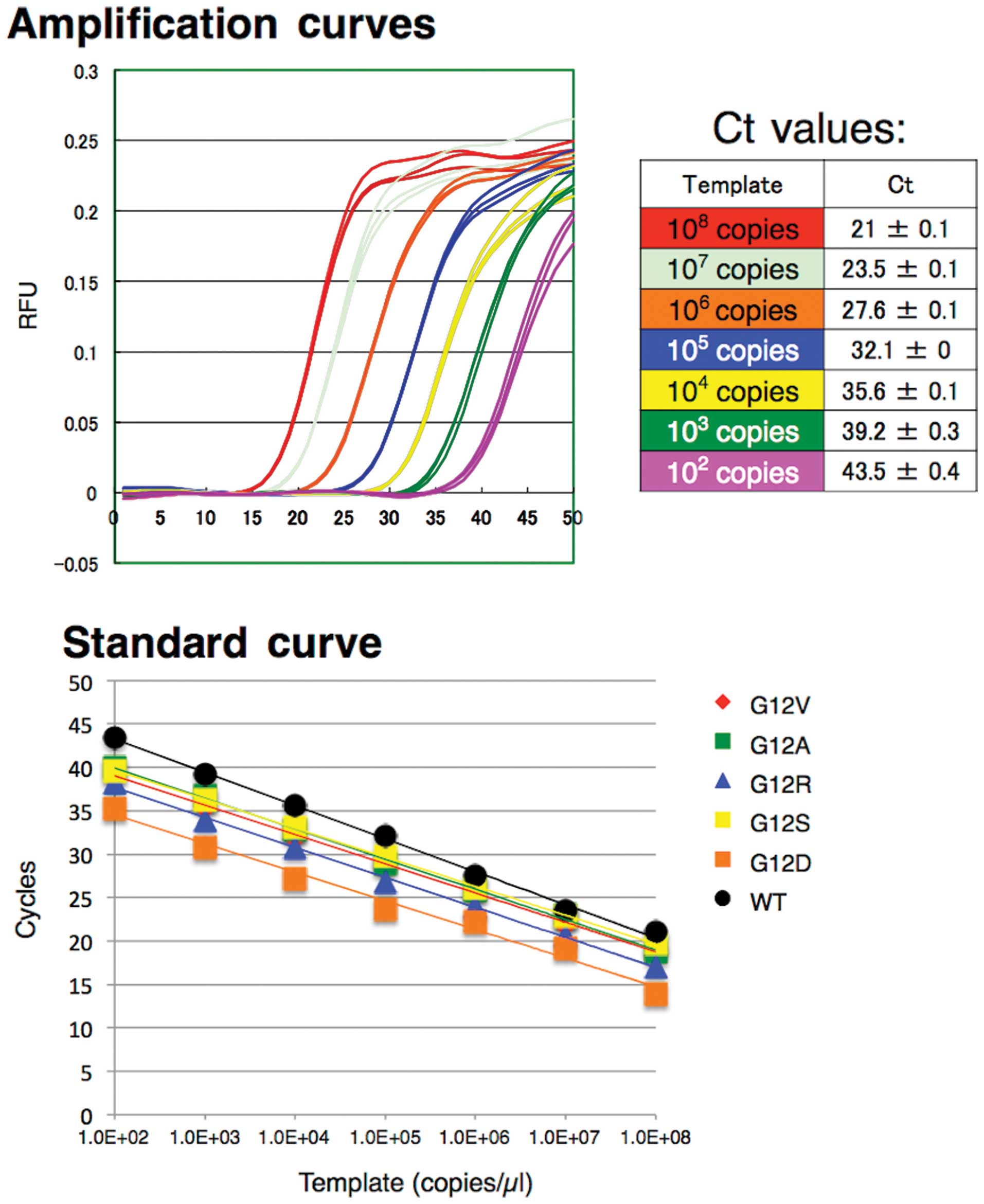Serial dilutions of samples are made using EMEM10 as the diluent in 8-well Lab-Tek slides. Typical dilutions are 1:2.5, 12.5, 62.5, and 312.5 in a final volume of 0.1 mL (a screening test can be performed by making two dilutions, e.g. Alternatively, the dilutions can be prepared in 96-well plates and 0.1 mL transferred to the Lab-Tek slides. DILUTION CHART Some numbers are rounded up or down to make measuring easier PIC’s dilution ratios are written as parts. Therefore, when PIC’s label suggest a dilution ratio of 1-to-4 (1:4) that means 1 part product and 4 parts water. Some people calculate dilution by dividing by 4 (in this example), which is an incorrect answer.
When you're thinking about dilution, it helps to simplify your actions into dilution factors. When we said the diluted coffee was
'1/10th as strong as the original'
that was a dilution factor. We could also have said
'the dilution factor was 1/10', or
'the dilution factor was 0.1'.
Here are a few more for you to try:
- 1 mL coffee + 4 mL water =
- 1 mL coffee + 9mL water =
- 1 mL + 99mL water =
As you've probably guessed, this works exactly the same whether you're talking about caffeine or meningicocci. Here's what a dilution factor of 0.01 looks like on the lab bench:
Notice that it really doesn't matter how much of the original stock you started with, as long as you had enough to put 1 mL into the new container. What matters is how much you transfer and how much water you add.
It's possible to write an algebraic expression for the dilution factor, but it's almost more trouble than it's worth, because it sounds so complex. But for what it's worth, the dilution factor for 1 mL stock + 99 mL water is:

amount transferred / total amount =
amount transferred / (amount transferred + amount water added) =
1 / (1+99) = 1/100 = 0.01.
Below is an applet to practice finding dilution factors, and also to determine how much water to add to achieve a given dilution. You should practice this until it is second nature!!
1 mL stock + mL water
Can you do it in your sleep? OK, then go on to the next page...
- | | |
Copyright University of Maryland, 2007
You may link to this site for educational purposes.
Please do not copy without permission
requests/questions/feedback email: mathbench@umd.edu
Learning Objective
- Calculate the concentration of a diluted solution.
Key Points
1:4 Serial Dilution Table
- Most commonly, a solution’s concentration is expressed in terms of mass percent, mole fraction, molarity, molality, and normality. When calculating dilution factors, it is important that the units of volume and concentration remain consistent.
- Dilution calculations can be performed using the formula M1V1 = M2V2.
- A serial dilution is a series of stepwise dilutions, where the dilution factor is held constant at each step.
Terms
- dilutiona solution that has had additional solvent, such as water, added to make it less concentrated
- serial dilutionstepwise dilution of a substance in solution
Dilution refers to the process of adding additional solvent to a solution to decrease its concentration. This process keeps the amount of solute constant, but increases the total amount of solution, thereby decreasing its final concentration. Dilution can also be achieved by mixing a solution of higher concentration with an identical solution of lesser concentration. Diluting solutions is a necessary process in the laboratory, as stock solutions are often purchased and stored in very concentrated forms. For the solutions to be usable in the lab (for a titration, for instance), they must be accurately diluted to a known, lesser concentration.
The volume of solvent needed to prepare the desired concentration of a new, diluted solution can be calculated mathematically. The relationship is as follows:
[latex]M_1V_1=M_2V_2[/latex]
M1 denotes the concentration of the original solution, and V1 denotes the volume of the original solution; M2 represents the concentration of the diluted solution, and V2 represents the final volume of the diluted solution. When calculating dilution factors, it is important that the units for both volume and concentration are the same for both sides of the equation.
Example
- 175 mL of a 1.6 M aqueous solution of LiCl is diluted with water to a final volume of 1.0 L. What is the final concentration of the diluted solution?
- [latex]M_1V_1=M_2V_2[/latex]
- (1.6 M)(175 mL) = M2(1000 mL)
- M2 = 0.28 M
Serial Dilutions
Serial dilutions involve diluting a stock or standard solution multiple times in a row. Typically, the dilution factor remains constant for each dilution, resulting in an exponential decrease in concentration. For example, a ten-fold serial dilution could result in the following concentrations: 1 M, 0.1 M, 0.01 M, 0.001 M, and so on. As is evidenced in this example, the concentration is reduced by a factor of ten in each step. Serial dilutions are used to accurately create extremely diluted solutions, as well as solutions for experiments that require a concentration curve with an exponential or logarithmic scale. Serial dilutions are widely used in experimental sciences, including biochemistry, pharmacology, microbiology, and physics.
Show SourcesBoundless vets and curates high-quality, openly licensed content from around the Internet. This particular resource used the following sources:
http://www.boundless.com/
Boundless Learning
CC BY-SA 3.0.
http://en.wikipedia.org/wiki/serial%20dilution
Wikipedia
CC BY-SA 3.0.
http://en.wiktionary.org/wiki/dilution
Wiktionary
CC BY-SA 3.0.
http://en.wikipedia.org/wiki/Serial_dilution
Wikipedia
CC BY-SA 3.0.
Serial Dilution Table
Serial Dilution Practice Problems
http://cnx.org/content/m17123/latest/
OpenStax CNX
CC BY 3.0.
http://commons.wikimedia.org/wiki/File:Dilution-concentration_simple_example.jpg
Wikimedia
CC BY-SA.